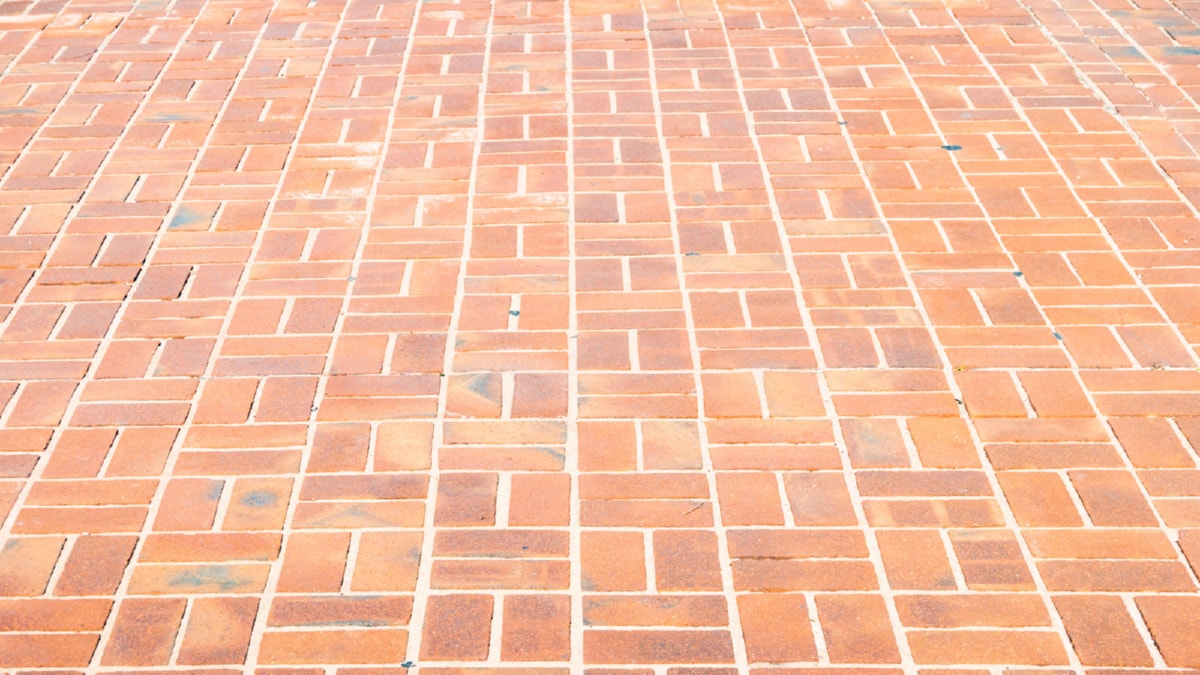Green construction, also known as sustainable or green building, is a field that’s rapidly evolving in response to environmental concerns, technological advancements, and societal values. With the global population projected to hit 9.8 billion by 2050, the need for sustainable infrastructure has never been more urgent. Consequently, several trends are emerging in the green construction industry, all aimed at promoting environmental sustainability and enhancing the quality of human life.
One of the most significant trends is the increasing use of renewable energy sources in construction. Contractors are integrating solar panels, wind turbines, and geothermal energy systems into building designs to decrease reliance on fossil fuels. Not only do renewable energy sources reduce greenhouse gas emissions, but they also lead to significant cost savings over time.
Another trend is the growth of green roofing. Green roofs are covered with vegetation and soil, which provide natural insulation, reduce the urban heat island effect, and improve air quality. They also offer aesthetic value and can serve as recreational spaces in urban settings.
Water efficiency is also gaining prominence in green construction. This involves using fixtures and appliances that minimize water usage, installing rainwater harvesting systems, and utilizing greywater – lightly used water from sinks, showers, and washing machines – for non-drinking purposes like flushing toilets or irrigation. This not only conserves a vital resource but also reduces the pressure on municipal water supply systems.
The use of sustainable materials is also a significant trend in green construction. This includes everything from reclaimed wood and recycled metal to bio-based materials like bamboo and straw. These materials have a lower environmental impact than traditional construction materials and can also improve the energy efficiency of buildings.
Meanwhile, the concept of “net-zero buildings” is becoming increasingly popular. These are buildings designed to generate as much energy as they consume over the course of a year, typically through a combination of energy-efficient design and renewable energy production. Net-zero buildings are not just sustainable; they’re also resilient, capable of functioning independently of the grid in emergencies.
Lastly, digital technology is playing an increasingly important role in green construction. From Building Information Modelling (BIM) that aids in designing energy-efficient buildings to smart home technologies that optimize energy use, technology is a critical tool in achieving sustainability goals.
In conclusion, the trends emerging in green construction represent a commitment to building a sustainable future. By harnessing renewable energy, promoting water efficiency, using sustainable materials, striving for net-zero energy consumption, and leveraging digital technology, the construction industry is playing a vital role in environmental conservation. As these trends continue to evolve and mature, the future of construction looks not just greener, but also more sustainable and resilient.
For more details, check best masonry services or visit their business listing here.



